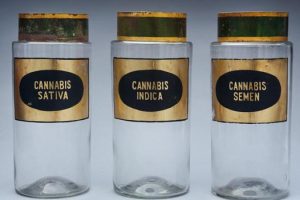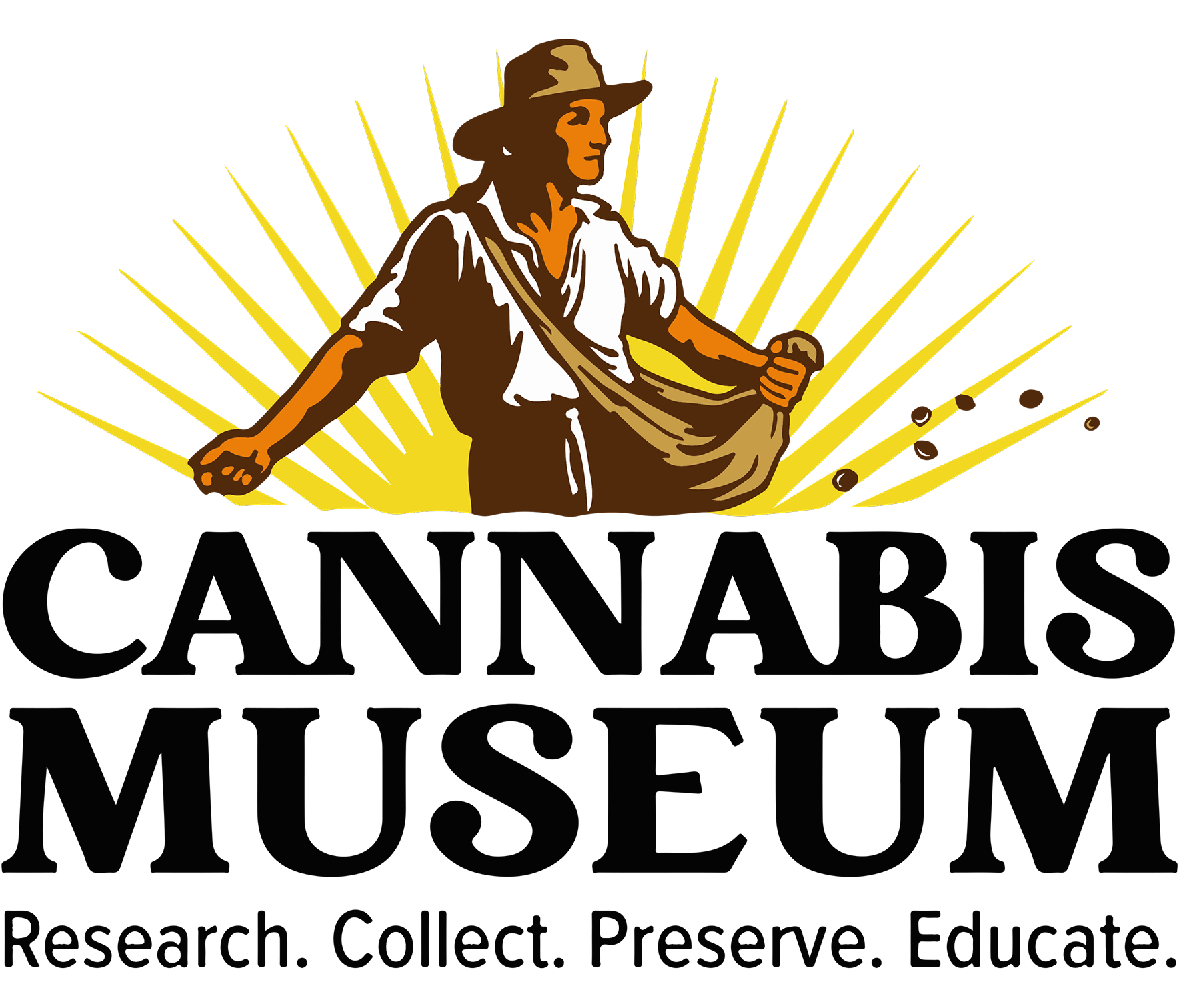Cannabis Sativa, Indica and Semen, with Enameled Caps
 Cannabis is believed to have originated as a single species in Central Asia. It may have been the first cultivated crop. Seeds of the useful plant were carried on migrations across the planet. Through thousands of years of careful husbandry, our ancestors bred the Cannabis species in remarkably divergent directions.
Cannabis is believed to have originated as a single species in Central Asia. It may have been the first cultivated crop. Seeds of the useful plant were carried on migrations across the planet. Through thousands of years of careful husbandry, our ancestors bred the Cannabis species in remarkably divergent directions.
Europeans and Asians created varieties of the plant with far different medical properties. Cannabis sativa, L. was named in 1753 by the father of plant taxonomy, Carl Linnaeus. Working in Sweden, Linnaeus knew only the European varieties of oil-seed and fiber hemp that found their way into early European and American folk remedies. In the mid-eighteenth century, shipping commerce brought in new forms of herbal Cannabis and hashish from India and other Asian countries.
A second, psychoactive species of the plant was identified by the French naturalist Jean-Baptiste Lamarck as Cannabis indica (from India) in 1785. Physicians of a hundred years ago did not have the tools of modern chemistry. Using only their powers of observation, they quickly recognized the medical potential of Cannabis indica varieties and learned their differences from the Cannabis sativa species that had been available.
American apothecaries preserved these different varieties and knew their uses for different indications. Today, we understand that the European varieties included genetics that primarily produced cannabidiol (CBD), whereas the newly imported Indica plants included genetics that produced tetrahydrocannabinol (THC). Modern science explains that THC is an agonist at receptors in the brain and other organs that are called cannabinoid receptors. CBD is an antagonist at the receptor and moderates the effects of THC. Used individually, CBD and THC have diverse medical properties. Using them in combination results in a wide range of medical effects.
The Bottles This set of three species jars are excellent examples of early nineteenth century flint glass.
They feature a blow over neck finished without a lip to accept a snug fitting metal or glass cap. The thin bottles were mouth blown and spin finished in a one-piece wooden mold, as indicated by the tapered form allowing the bottle to break free of the mold. The domed base of each bottle has a significant pontil mark. The green and gold japanned tin caps are hand soldered with lead. The labels are directly applied gold leaf with stenciled black lettering.
Cannabis Sativa, Indica and Semen, with Enameled Caps
